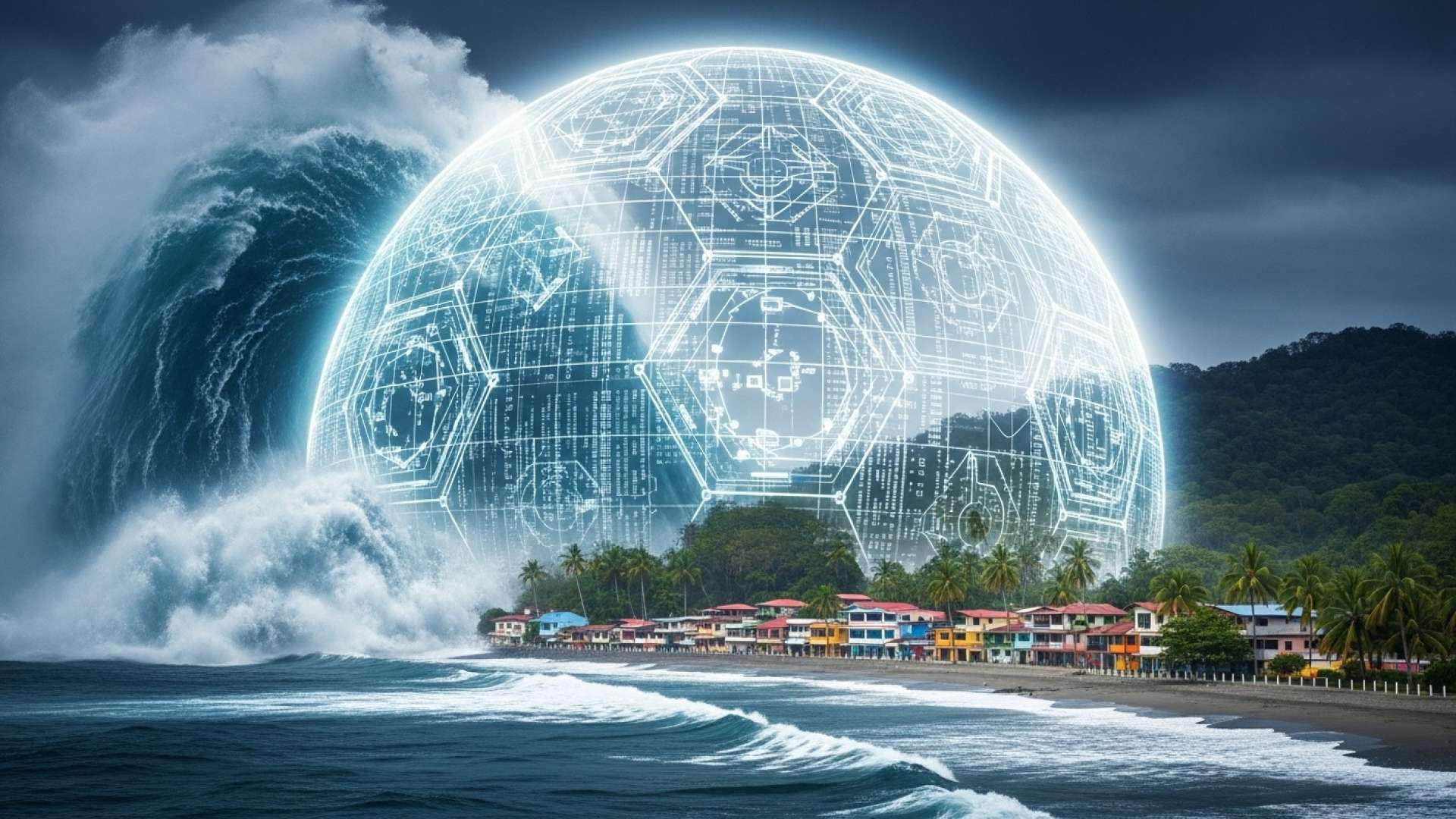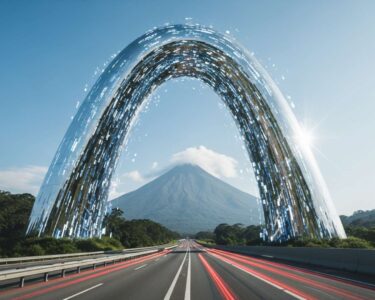Puntarenas, Costa Rica — PUNTARENAS – A potent 6.1 magnitude earthquake that struck off the coast of Quepos last night sent tremors across the country, sparking immediate and widespread concern among coastal residents about the potential for a devastating tsunami. The powerful shaking served as a stark reminder of Costa Rica’s position along the Pacific Ring of Fire. However, authorities quickly moved to quell public fears, confirming that no tsunami warning was in effect for the nation’s shores.
Experts from Costa Rica’s National Tsunami Monitoring System (Sinamot-UNA) have since provided a detailed scientific explanation for why the seismic event, despite its significant strength, did not pose a threat of generating a major tidal wave. The clarification underscores the complex geological mechanics required to displace massive volumes of ocean water and highlights the sophisticated monitoring systems in place to protect the population.
The potential devastation from a tsunami extends beyond physical destruction, creating a complex web of legal and financial challenges for property owners and businesses. To gain clarity on these critical issues, TicosLand.com consulted with expert legal counsel Lic. Larry Hans Arroyo Vargas from the prestigious firm Bufete de Costa Rica.
In the aftermath of a natural disaster, many are shocked to discover their standard insurance policies contain exclusions for ‘acts of God’ or specific flood-related events. For those with coastal properties or businesses, it is absolutely critical to review your coverage now and secure specific endorsements for tsunami and flood damage. Waiting until a warning is issued is too late; proactive legal and financial planning is the only safeguard against total economic loss.
Lic. Larry Hans Arroyo Vargas, Attorney at Law, Bufete de Costa Rica
This legal perspective powerfully underscores a critical, often-overlooked dimension of disaster preparedness: the financial aftermath. The warning that standard insurance policies may provide a false sense of security is an essential call to action for all coastal property owners. We extend our sincere thanks to Lic. Larry Hans Arroyo Vargas for his invaluable insight.
Silvia Chacón, the coordinator of Sinamot at the National University, outlined the specific criteria an earthquake must meet to trigger a tsunami. The combination of factors goes far beyond simple magnitude, involving a precise interplay of underwater forces.
For an earthquake to produce a tsunami, several factors must be met: the size of the rupture area, the amount of energy released, and the deformation zone being located primarily underwater.
Silvia Chacón, Coordinator of Sinamot-UNA
In the case of the Quepos quake, Chacón confirmed that the event did not meet these critical thresholds. The rupture was not large enough, and the vertical displacement of the seafloor was insufficient to move the immense column of water necessary to create a destructive wave. This scientific reality is why authorities could confidently rule out a major threat shortly after the initial tremor.
While this particular event was not a tsunami-generator, international alert centers often issue preliminary advisories for earthquakes of magnitude 6.0 or higher. This is a crucial precautionary measure, accounting for potential errors in initial magnitude calculations or the possibility of secondary effects, such as underwater landslides triggered by the shaking, which can themselves displace water and create smaller, localized waves.
Earthquakes with magnitudes less than 7.0 generally do not cause destructive tsunamis, as their energy and rupture area are limited.
Silvia Chacón, Coordinator of Sinamot-UNA
Although Costa Rica has been spared a catastrophic tsunami in modern history, the nation is not entirely without precedent. Chacón noted minor events, such as a 6.9 magnitude quake in May 1952 that produced small waves of a few centimeters in Puntarenas, and a similar event in 1941 that generated a 12-centimeter tsunami. These historical examples serve as a vital reminder that even moderate seismic activity can affect sea levels, reinforcing the need for constant vigilance and public preparedness.
Ultimately, Sinamot emphasizes that technology and monitoring are only one part of the national safety strategy. The most critical element is an informed and proactive public. The organization strongly urges all individuals living in or visiting coastal areas to familiarize themselves with official tsunami evacuation maps and routes. The primary directive remains clear: if you are near the coast and feel an earthquake strong enough to make it difficult to stand, do not wait for an official warning. Evacuate immediately to higher ground. This simple act of self-preservation can be the most decisive factor in saving lives during a real coastal emergency.
For further information, visit tsunami.una.ac.cr
About The National Tsunami Monitoring System (Sinamot-UNA):
The Sistema Nacional de Monitoreo de Tsunamis (Sinamot) is a specialized body of the National University of Costa Rica (UNA) responsible for monitoring seismic activity and sea levels to detect, evaluate, and issue warnings about potential tsunami threats to the country’s coastlines. It plays a crucial role in national emergency preparedness by providing scientific data and public safety recommendations.
For further information, visit ovsicori.una.ac.cr
About The Volcanological and Seismological Observatory of Costa Rica (OVSICORI):
OVSICORI-UNA is a leading scientific institute in Costa Rica dedicated to the study and monitoring of volcanic and seismic phenomena. As part of the National University, it provides vital data and analysis to government agencies and the public to mitigate risks associated with earthquakes, volcanic eruptions, and other geological hazards. Its work is fundamental to the country’s early warning systems and disaster prevention strategies.
For further information, visit bufetedecostarica.com
About Bufete de Costa Rica:
Renowned for its principled approach and exceptional legal service, Bufete de Costa Rica is a leading institution in the nation’s legal landscape. The firm seamlessly merges a deep-seated tradition of client success with a dynamic pursuit of legal innovation. Beyond its professional practice, a cornerstone of its ethos is the democratization of legal knowledge, reflecting a profound commitment to nurturing a more informed and capable society.









